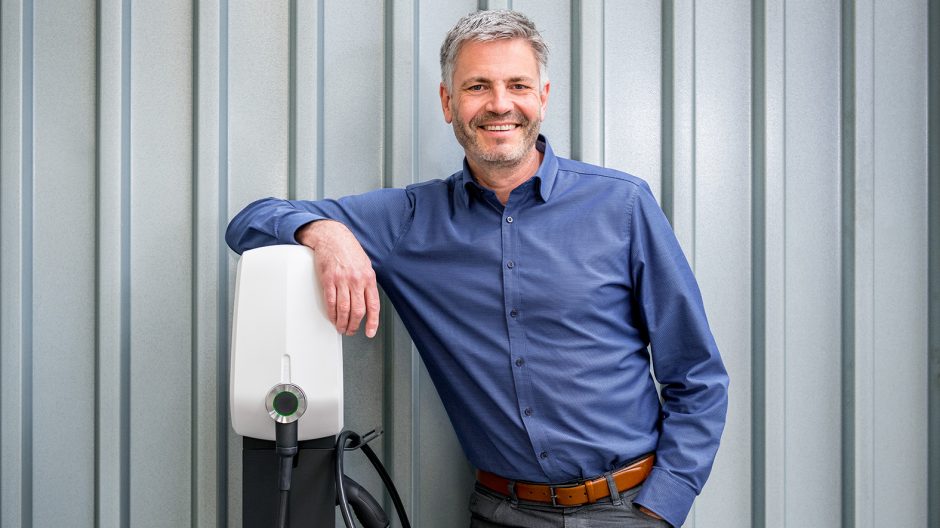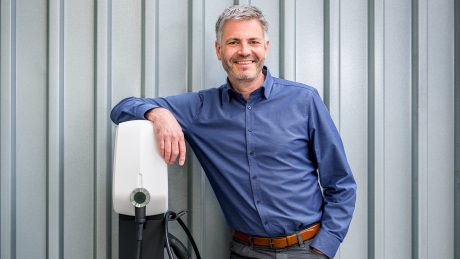- Seit einigen Wochen ist er bestellbar, der batterie-elektrische Corsa-e inklusive der maßgeschneiderten Ladeoptionen wie der Opel-Wallbox. Welche Rolle die Ladezeit für E-Autos spielt, erklärt der Marketing-Manager Frank Leibold.
Mr. Leibold, when you compare putting gas into a conventional combustion engine car to charging an electric car, the latter takes significantly more time. Are customers willing to spend the extra time?
Frank Leibold: Quite the opposite is true. Electric cars like the Corsa-e save time. It is like a dishwasher.
What do you mean by that?
Washing dishes by hand is much faster than using a dishwasher. My dishwasher takes two hours or more. But I don’t know the exact time, because it doesn’t matter to me. I turn the dishwasher on and focus on something else. This is why the sales pitch for dishwashers almost never includes the time a washing cycle takes. It is simply irrelevant to most users.

Classic refueling is like rinsing by hand: you have to invest time actively.
How does this apply to electromobility?
It means that we will move on from what we are used to with combustion engines and shift our perspective. With combustion engines you have to drive to the gas station, maybe wait in line, and sit in the car while the tank is being filled up. Charging the Corsa-e is incidental, and my time is freed up for more important tasks. I can work, go shopping, or simply go to bed and charge overnight. With regular use, most customers will spend little to no time at gas stations or charging stations, nor will they need to drive there.

Charging electric cars is similar to a dishwasher: It happens incidentally – and you even save time.
To benefit from these advantages, it is important for the vehicle to meet the necessary prerequisites. What does the Corsa-e offer?
We assumed that the vehicle can be fully charged overnight or during a regular work day. At home or at a public charging station. With our 11 kW onboard charger combined with a wallbox and at public charging locations, the charging time is much less than six hours. This clearly puts the Corsa-e in the green.
What if you need to recharge quickly on longer trips?
The dishwasher metaphor applies again: Dishwashers have a quick-cleaning function that I use about twice a year when I have a lot of guests over and need to wash dishes in-between. That is when I use the quick program. The Corsa-e is equipped with a standard quick charge connector for the rare occasion of a long trip and empty battery. Even charging stations with up to 100 kW can be used. It takes only around 30 minutes to charge for 260 kilometers. That’s how long my dishwasher’s quick-cleaning function takes.
But if I don’t have to wait in line at a conventional gas station, filling the tank takes just a few minutes …
Admittedly: The total time requirement is still higher compared to combustion engines. But even then, Corsa-e drivers can take a short break and relax instead of standing next to the car. I am convinced that, over a lifetime, EV drivers will spend less time waiting to charge their cars compared to drivers of combustion engine vehicles, because in well over 90 percent of all cases the vehicle is charged at home or at work. All in all, this means a gain in freedom and quality of life.
Read in part 1 of the interview, why the debate about the maximum reach too short and why different charging options will determine everyday life.
July 2019

